When I first began planning my kitchen remodel, I was particularly drawn to the idea of installing an island butcher block countertop. The warm, natural look of wood provided a stark contrast to the cold, hard surfaces typically found in kitchens. Butcher block countertops are not only visually appealing but also functional, offering a work surface that can withstand the rigors of daily cooking and food preparation. However, understanding the costs and considerations involved was crucial before making a final decision.
The price of butcher block countertops can vary significantly based on the type of wood used, the thickness of the slabs, and the overall size of the island. On average, butcher block countertops cost between $30 and $100 per square foot. Premium woods such as walnut, cherry, or maple tend to be more expensive, while more common options like oak and birch are generally more affordable. I found that the type of wood greatly influences not only the cost but also the durability and maintenance requirements of the countertop.
One of the first steps I took was to select the type of wood that best suited my needs and aesthetic preferences. Maple and oak are popular choices due to their hardness and durability, making them ideal for busy kitchens. Walnut, with its rich, dark color, adds a touch of luxury but comes with a higher price tag. Cherry, known for its warm, reddish hue, darkens beautifully over time but is also on the pricier side. After considering my budget and design preferences, I opted for maple, which offered a good balance of durability and cost.
Installation costs are another significant factor to consider. While some DIY enthusiasts might feel confident installing a butcher block countertop themselves, I decided to hire a professional to ensure a perfect fit and finish. Professional installation typically adds $10 to $30 per square foot to the overall cost. The process involves precise measurements, cutting the wood to fit the island, and securely fastening it in place. The installer also ensures that the wood is properly sealed and finished, which is crucial for maintaining its appearance and longevity.

Butcher block countertops require regular maintenance to keep them looking their best. Unlike other countertop materials, wood is porous and can absorb liquids, leading to stains and potential damage if not properly cared for. I found that applying a food-safe mineral oil every few weeks helps to seal the wood and protect it from moisture. This simple maintenance routine not only keeps the wood looking vibrant but also prolongs its life. Additionally, sanding the surface periodically can remove any minor scratches or dents that occur over time.
One of the benefits of butcher block countertops is their versatility. They can be used for food preparation, serving, and even as a dining surface. The natural warmth of the wood adds a welcoming feel to the kitchen, making it a favorite gathering spot for family and friends. I particularly appreciate the ability to chop and prep food directly on the countertop, which is both convenient and efficient. However, it’s important to use cutting boards for raw meat and other potentially contaminating foods to maintain a hygienic surface.
The aesthetics of butcher block countertops are a major selling point. The unique grain patterns and natural variations in the wood create a one-of-a-kind look that adds character and charm to any kitchen. I chose a finish that complemented my kitchen cabinets and flooring, creating a cohesive design that feels both modern and timeless. The ability to customize the finish, from natural oil to polyurethane, allows for a range of looks from rustic to polished.
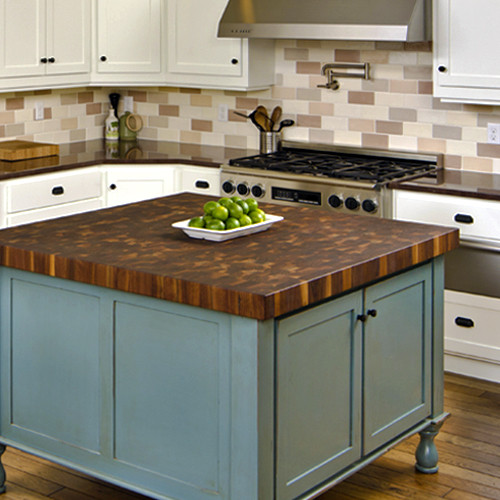
Butcher block countertops are also eco-friendly, especially when sourced from sustainably managed forests. Many manufacturers offer countertops made from reclaimed or responsibly harvested wood, which reduces the environmental impact. I felt good knowing that my choice contributed to sustainable practices. Additionally, the longevity of butcher block countertops means they are a long-term investment that won’t need replacing as frequently as other materials.
One consideration I had to keep in mind was the potential for the wood to expand and contract with changes in humidity and temperature. This natural movement can cause gaps or cracks if not properly managed. To mitigate this, I made sure my installer left small gaps at the edges to allow for expansion and used a flexible adhesive that accommodates the wood’s natural movements. Maintaining a stable indoor environment with consistent humidity levels also helps to minimize these effects.
I also explored the possibility of combining butcher block with other countertop materials. For example, pairing a butcher block island with granite or quartz countertops can create a stunning visual contrast while taking advantage of the strengths of each material. This hybrid approach allows for a more personalized kitchen design and can also be cost-effective, as it balances the higher cost of wood with more affordable materials.
The customization options for butcher block countertops are extensive. From the type of wood and finish to the edge profile and thickness, I had the freedom to create a countertop that perfectly matched my vision. I chose a thick, 2-inch slab for a substantial look and a rounded edge for a softer, more inviting feel. Customizing these elements added to the overall cost but resulted in a unique and personalized kitchen feature.

Another practical aspect of butcher block countertops is their repairability. Unlike stone or laminate surfaces, which can be difficult to fix if damaged, wood can be sanded and refinished to restore its original appearance. This means that any scratches, stains, or minor damage can be addressed without needing to replace the entire countertop. This was a significant factor in my decision, as it provided peace of mind knowing that I could maintain the countertop’s beauty and functionality over time.
The cost of accessories and additional features should also be considered. I opted for an integrated butcher block cutting board and a built-in knife holder, which added convenience and functionality to the island. These custom features increased the overall cost but enhanced the usability of the countertop. Incorporating these elements during the initial installation is often more cost-effective than adding them later.
Budgeting for a butcher block countertop involves more than just the upfront costs. I considered the long-term value, including maintenance, durability, and the potential impact on my home’s resale value. Butcher block countertops are often seen as a desirable feature in kitchens, potentially increasing the home’s marketability. While the initial investment might be higher than other materials, the long-term benefits made it a worthwhile choice for me.
Reflecting on the entire process, I found that thorough research and planning were essential. Understanding the costs, maintenance requirements, and customization options allowed me to make informed decisions that aligned with my budget and design goals. The end result was a beautiful, functional, and durable kitchen island that serves as the heart of my home.
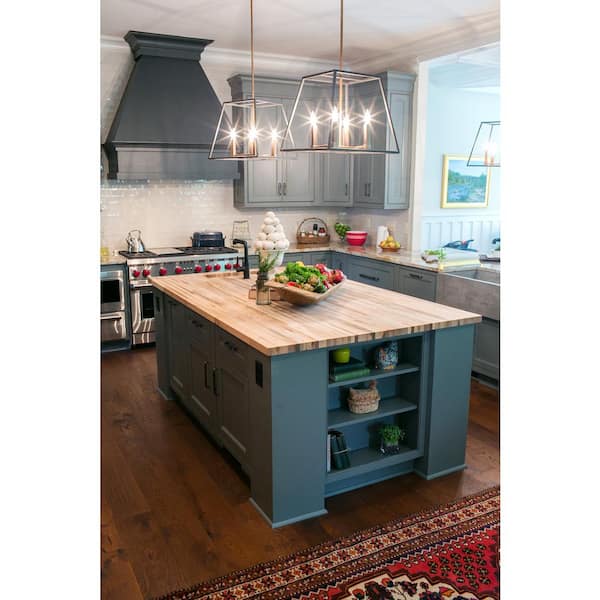
Common Mistakes to Avoid
One common mistake is underestimating the maintenance requirements of butcher block countertops. Regular oiling and occasional sanding are necessary to keep the wood in good condition. Neglecting this maintenance can lead to stains, cracks, and a dull appearance over time. It’s important to establish a consistent care routine to preserve the beauty and functionality of the countertop.
Another error is choosing a wood type based solely on price without considering its durability and suitability for kitchen use. Softer woods like pine may be cheaper but are more prone to dents and scratches. Investing in a harder wood like maple or oak can provide better long-term value and performance, even if the initial cost is higher.
Failing to hire a professional installer can also be a costly mistake. Proper installation is crucial to ensure the wood is securely fastened and properly sealed. DIY installation might seem like a way to save money, but any mistakes can result in poor fit, gaps, and other issues that could be more expensive to fix later. Hiring a skilled installer provides peace of mind and ensures a high-quality finish.
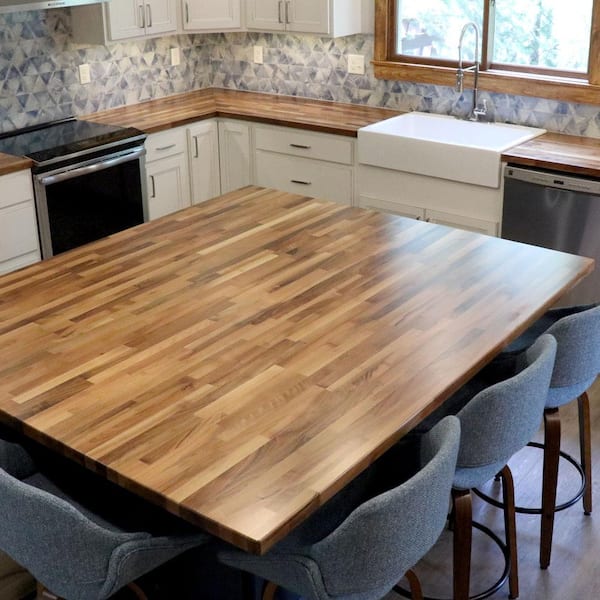
Ignoring the potential for wood movement due to changes in humidity and temperature is another pitfall. Wood naturally expands and contracts, and failing to accommodate this can lead to gaps or cracks. It’s essential to leave small gaps for expansion and use flexible adhesives to allow the wood to move naturally. Maintaining stable indoor humidity levels also helps minimize these effects.
Choosing a finish without understanding its maintenance requirements can lead to disappointment. Different finishes offer varying levels of protection and aesthetic appeal. For example, a natural oil finish might require more frequent reapplication but enhances the wood’s natural beauty, while a polyurethane finish offers more protection but can alter the wood’s appearance. Understanding these trade-offs is crucial for selecting the right finish.
Lastly, not considering the overall kitchen design can result in a mismatched look. It’s important to choose a butcher block countertop that complements the existing décor and style of the kitchen. Mismatched materials and colors can detract from the overall aesthetic appeal, so it’s worth taking the time to ensure the countertop integrates seamlessly with the rest of the space.

How much do island butcher block countertops cost?
Island butcher block countertops typically cost between $30 and $100 per square foot, depending on factors such as the type of wood, thickness of the slabs, and overall size of the island. Premium woods like walnut, cherry, and maple tend to be more expensive, while more common options like oak and birch are generally more affordable. Installation costs, which add $10 to $30 per square foot, should also be factored in to get a comprehensive understanding of the total expense.
What are the benefits of choosing butcher block countertops for a kitchen island?
Butcher block countertops offer several benefits, including a warm, natural aesthetic that adds character and charm to the kitchen. They provide a versatile work surface that can be used for food preparation, serving, and even dining. Wood is gentle on knives, making it ideal for chopping and cutting, and it can be sanded and refinished to repair any minor damage. Additionally, butcher block countertops are eco-friendly when sourced from sustainably managed forests and can enhance the resale value of your home due to their timeless appeal.
How should butcher block countertops be maintained?
Maintaining butcher block countertops involves regular cleaning and periodic oiling. Cleaning can be done with mild soap and water, while a food-safe mineral oil should be applied every few weeks to seal the wood and protect it from moisture. This maintenance routine keeps the wood looking vibrant and prolongs its life. Additionally, sanding the surface periodically can remove any minor scratches or dents. It’s important to use cutting boards for raw meat and other potentially contaminating foods to maintain a hygienic surface.
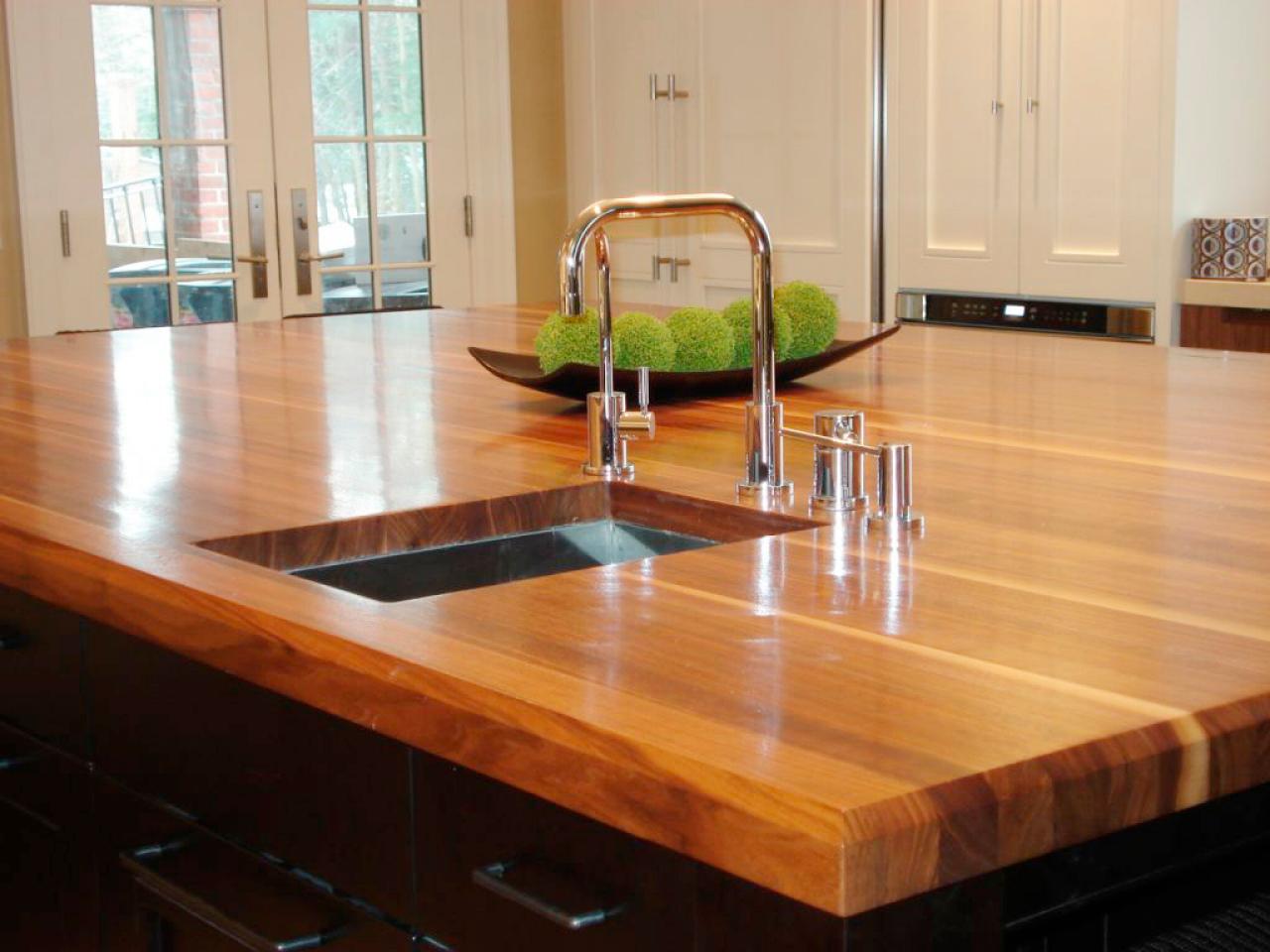
Can I install butcher block countertops myself, or should I hire a professional?
While it is possible to install butcher block countertops yourself, hiring a professional is recommended to ensure a perfect fit and finish. Professional installation typically adds $10 to $30 per square foot to the overall cost. The process involves precise measurements, cutting the wood to fit the island, and securely fastening it in place. Professional installers also ensure that the wood is properly sealed and finished, which is crucial for maintaining its appearance and longevity. DIY installation might seem like a way to save money, but any mistakes can be costly to fix.
What are the customization options for butcher block countertops?
Butcher block countertops offer extensive customization options, including the type of wood, finish, edge profile, and thickness. Popular woods like maple, oak, walnut, and cherry each have unique characteristics and price points. Finishes range from natural oil to polyurethane, allowing for a range of looks from rustic to polished. Edge profiles can be customized to suit your design preferences, with options like rounded, beveled, or square edges. The thickness of the slab can also be chosen, with thicker slabs offering a more substantial look.
How do butcher block countertops compare to other materials like granite and quartz?
Butcher block countertops offer a unique combination of warmth, versatility, and eco-friendliness that sets them apart from other materials. Unlike granite and quartz, which are cold and hard, wood provides a softer, more inviting surface. While stone countertops require little maintenance, butcher block countertops need regular oiling and occasional sanding. However, wood is more repairable and can be sanded to remove minor damage. The natural grain patterns and variations in wood create a one-of-a-kind look that adds character to the kitchen, making it a desirable feature for many homeowners.
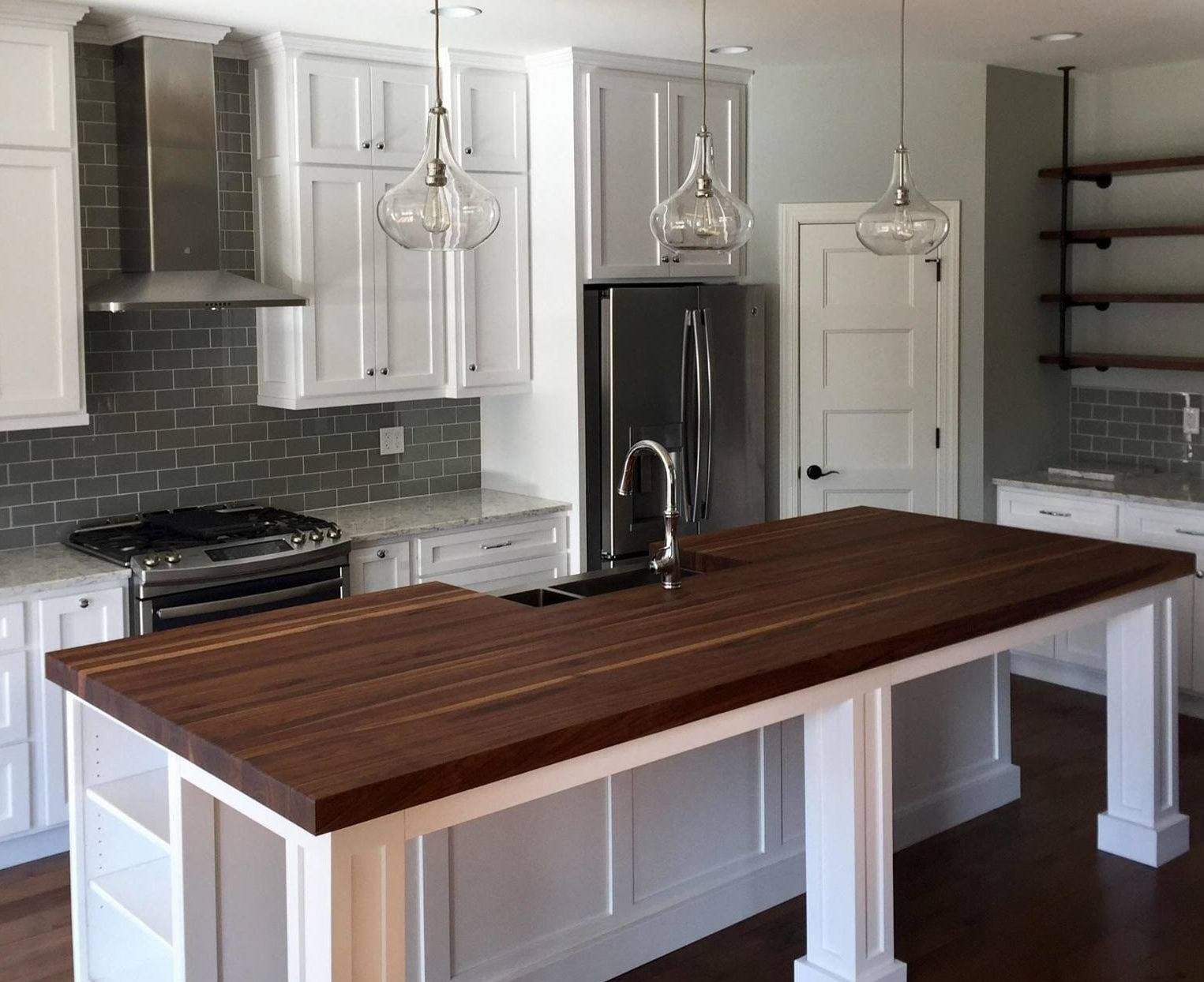
Hardwood Countertops – Kitchen Island Tops

Reclaimed Wormy Chestnut Butcher Block Etsy
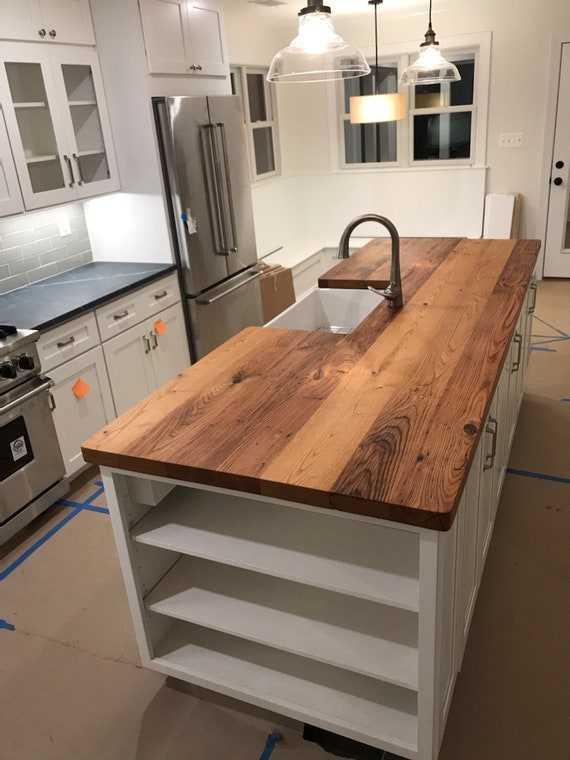
Custom DIY Butcher Block Island Top House by the Bay Design

Related articles:
- Butcher Block Countertop For Kitchen Island
- Can You Paint Butcher Block Countertops
- Butcher Block Countertops With White Cabinets
- Pine Butcher Block Countertops
- Butcher Block Countertops Walnut
- Maple Butcher Block Countertops
- Care Of Butcher Block Countertop
- Butcher Block Countertops Maintenance
- Antique Butcher Block Countertops
- Butcher Block Countertop Sealing